¿quien fue??
 |
Eiji Tsuburaya (円谷 英二 Tsuburaya Eiji?, Sugasawa, 7 de julio de 1901 - Itō, 25 de enero de 1970), nacido como Eiichi Tsumuraya (円谷 英一 Tsumuraya Eiichi?), fue un director japonés especializado en efectos especiales, responsable de numerosas películas de ciencia ficción, incluyendo las películas de Godzilla. También es conocido por ser el principal autor de la serie Ultraman.
Nació en Sugasawa, en la prefectura de Fukushima. Su madre murió siendo Tsuburaya un niño, mientras que su padre debió marcharse a China para atender los negocios familiares. Siendo pequeño asistió a la escuela primaria y empezó a mostrar un gran interés por los aviones. En 1915, a la edad de 14 años, se graduó en el Instituto, y se enroló en la Escuela de vuelo de nipona de Haneda, aunque tras el cierre de esta en 1917 (a causa de la muerte de su director en un accidente) su vida dio un giro. En 1919 conoció al director de cine Yoshiro Edamasa, que le ofreció un puesto de trabajo.
A pesar de que la religión tradicional de la familia Tsuburaya había sido el Budismo nichiren, Eiji se convirtió al Catolicismo durante sus últimos años.
En 1919 su primer trabajo en la industria del cine fue como asistente cinematográfico en la Nippon Katsudou Shashin Kabushiki-kaisha (en español: "Compañía cinematográfica japonesa") de Kioto, que más tarde pasaría a ser conocida como Nikkatsu. Después de prestar el servicio militar entre 1921 y 1923, se unió a la compañía "Producciones Ogasaware". El 1925 participó como asistente de rodaje en la filmación de la película Kurutta Ippeiji, dirigida por Teinosuke Kinugasa. Se unió a los Estudios Shochiku de Kioto en 1926, donde un año después acabó convirtiéndose en un cámara a tiempo completo. Fue entonces cuando comenzó a usar y crear nuevas técnicas de filmación. Sus trabajos en la película Chohichiro Matsudaira (1930) fueron los que le llevaron a ser bien conocido como especialista en efectos especiales.
1930 fue el año de su matrimonio con Masano Araki. Durante la década de los 30, Tsuburaya estuvo trabajando en varios estudios y comenzó a ser conocido por sus meticulosos trabajos. Fue en esta época cuando vio una película que lo marcaría profundamente. Después del éxito internacional con su película Godzilla, en 1954, comentó:2
Cuando trabajaba en los Estudios Nikkatsu, King Kong se estrenó en Kioto y nunca pude olvidar aquella película. Pensé: "Un día haré una película de monstruos como esa"...
En 1938 se convirtió en el jefe de Técnicas de efectos visuales en la Toho Tokyo Studios, estableciendo un departamento independiente de efectos especiales en 1939.
Durante los años de la Segunda guerra sino-japonesa y luego la Segunda Guerra Mundial dirigió numerosas películas de propaganda y fue el encargado de los efectos especiales para toda la producción filmográfica de la oficina propagandística, que había sido creada por el Gobierno imperial.1 Tras el final de la contienda, durante la ocupación norteamericana de Japón la relación de Tsuburaya con las películas de propaganda se convirtió en un obstáculo para encontrar trabajo. Debido a esto trabajó con su propia compañía, Tsuburaya Visual Effects Research, trabajando en películas de otros estudios hasta que volvió a Toho en la década de 1950. Fue a partir de los siguientes años cuando se desarrolle su etapa profesional y de mayor producción artística.
Falleció de un ataque al corazón el 25 de enero de 1970.
Trabajos
Entre sus trabajos como especialista de efectos especiales destacan Godzilla vs. the Sea Monster (1966),3 King Kong Escapes (1967), y Son of Godzilla (1967).
Como productor participó en filmes como Ultra Q (1965), Ultraman (1966) o Ultra Seven (1967).
mas info en este enlace
- The lights dim. Cameras start to roll. A film crew silently watches. Suddenly! From behind a hand-built skyline, a towering beast appears! Shaking off a layer of dust, the massive foam-and-rubber monster leans back to act out an amazing roar (the sound effect will be added in later). Then, stomping towards the camera, the giant moves closer, and closer, until…”Cut!”Seen this film before? This live action genre, known as “Tokusatsu” (特撮) in Japanese, is unmistakable in its style, and still evident in many modern beast-based thrillers. In today’s Doodle, we spotlight one of Tokusatsu’s kings, Eiji Tsuburaya, the quiet pioneer who created Ultraman, co-created Godzilla, and brought Tokusatsu to the global cinematic mainstream. Doodler Jennifer Hom led us through the inspiration behind the interactive Doodle:Who was Tsuburaya, and what drew you to create this tribute to him?“Director Eiji Tsuburaya is best known for the famous characters he brought to life, like Ultraman. After many years in the ‘monster business,’ he set up his own practical effects studio, Tsuburaya Productions, which we were lucky enough to visit for this project! Having grown up as a film fan, I’ve always had a deep love for Tokusatsu, so I was eager to find a way to bring attention to Tsuburaya’s art. It’s fascinating to me how long-lasting the results of his work has been – it’s easy to see remnants of the Tokusatsu style in Benicio Del Toro’s Pacific Rim, Evangelion, and even the Power Rangers.”The main set of Tsuburaya Productions, awaiting its monsters...Back up a second...you visited Tsuburaya’s studio?“Yes! We wanted to witness the studio’s production in person to be able to create an authentic filmmaking experience within our Doodle. Their construction process is incredible: all of their costumes and props are made by hand, in a secret studio. The workspace felt organized and messy at the same time, with each member having their own system behind which materials lived where. And there was a palpable respect for the tradition and legacy that they’re upholding through their craft.”Tell us about the Doodle itself!“Post-visit, I was resolved to make a Doodle that could show how fun, fast, and totally chaotic the Tokusatsu filmmaking process can be. This guided one of many, many rounds of brainstorming.”Initial sketches and notes focused on ways to best capture the frenzy of Tsuburaya’s production style.“While several of ideas revolved around a game format, I thought it would be more interesting and engaging to recreate the filmmaking experience from scratch – what better way to get an appreciation for the creative challenges Tsuburaya the director had to face?”Early game-like ideas, like this sketch, eventually evolved into the filmmaking experience.One style exploration leaned towards a more dramatic Tokusatsu feel.“After deciding to focus on the filmmaking process, we went to work defining the look of the monsters themselves and building out the quick tasks the user had to complete. Above all, we wanted to make sure the beasts were both charming and Googley, and that the mini-challenges were appropriately fun and frantic!”Monster iterations were created within a Googley framework!The mini-challenges illustrate the wide range of jobs necessary to create a Tokusatsumovie.Doodlers Jennifer Hom & Mark Holmes on set, wearing masks to protect them from the special effects dust kicked up by monstersTEAM CREDITS:Doodlers: Jennifer Hom, Mark Holmes, Olivia HuynhAnimators: Sophia Foster-Dimino, Tony PapeshAdditional Art: Alyssa WinansEngineers: Corrie Scalisi, Jonathan Schneier, Kris HomProducer: Gregory CapuanoLocal Googler: Shun IkedaMusic: Jesse Harlin
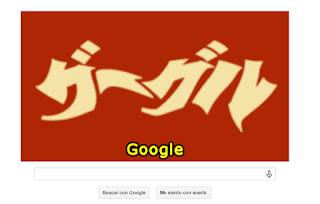



.gif)







































%2014.24.45.png)








































































































.jpg)











































.jpg)





























































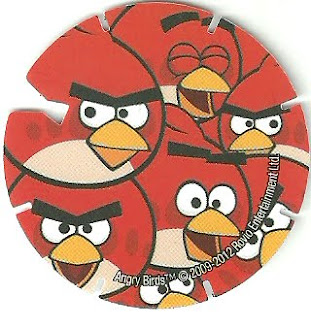

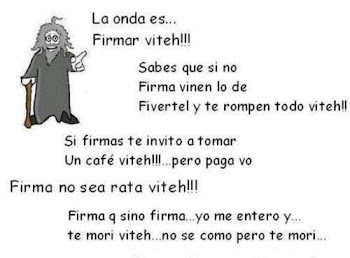


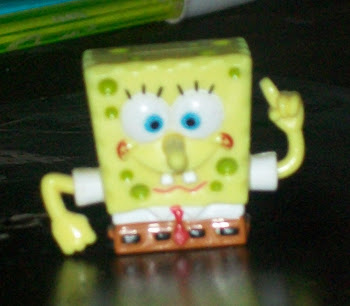
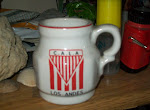
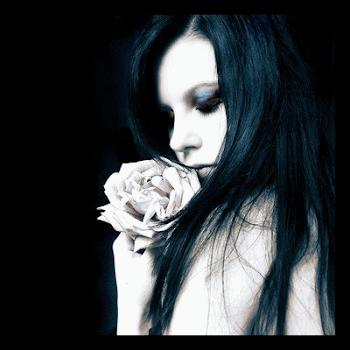





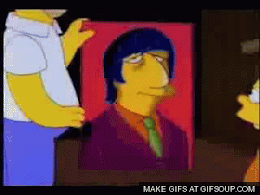










1 comentarios:
veo que tenía bastante inventiva pero imposible saber quien era ja....
naciste cuando yo miraba esas series de mi entrada? jaja
Publicar un comentario
si sos spamer o vas a insultar mejor andate, ademas de que el mensaje fuera de lugar sera borrado